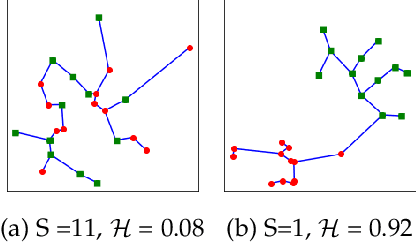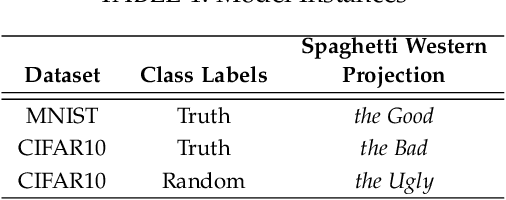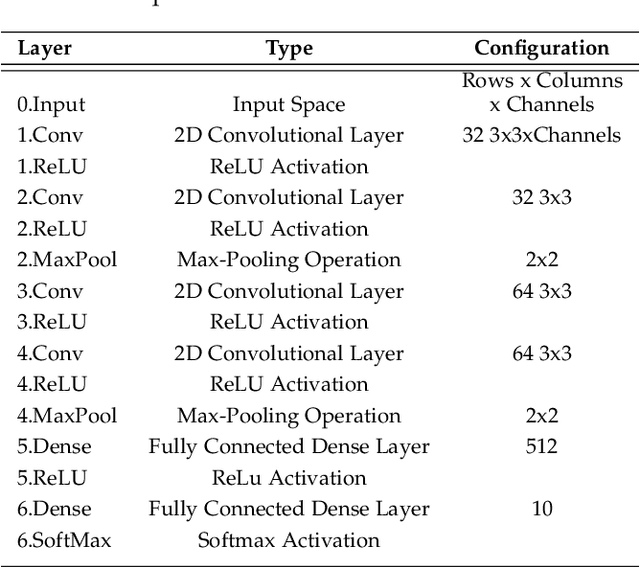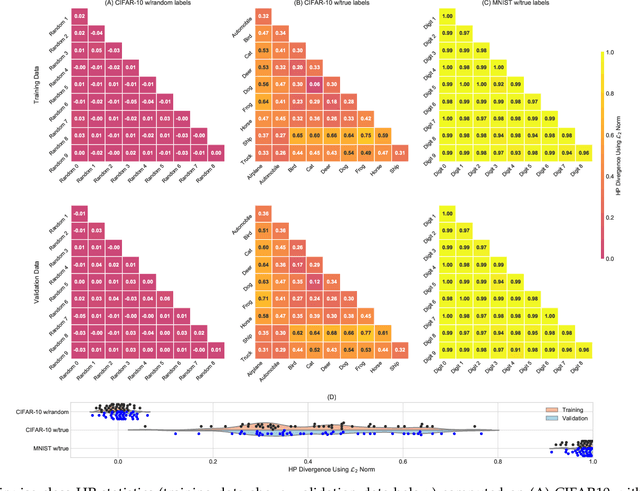Katie Rainey
Out-of-Distribution Learning with Human Feedback
Aug 14, 2024Abstract:Out-of-distribution (OOD) learning often relies heavily on statistical approaches or predefined assumptions about OOD data distributions, hindering their efficacy in addressing multifaceted challenges of OOD generalization and OOD detection in real-world deployment environments. This paper presents a novel framework for OOD learning with human feedback, which can provide invaluable insights into the nature of OOD shifts and guide effective model adaptation. Our framework capitalizes on the freely available unlabeled data in the wild that captures the environmental test-time OOD distributions under both covariate and semantic shifts. To harness such data, our key idea is to selectively provide human feedback and label a small number of informative samples from the wild data distribution, which are then used to train a multi-class classifier and an OOD detector. By exploiting human feedback, we enhance the robustness and reliability of machine learning models, equipping them with the capability to handle OOD scenarios with greater precision. We provide theoretical insights on the generalization error bounds to justify our algorithm. Extensive experiments show the superiority of our method, outperforming the current state-of-the-art by a significant margin.
Characterizing Inter-Layer Functional Mappings of Deep Learning Models
Jul 09, 2019



Abstract:Deep learning architectures have demonstrated state-of-the-art performance for object classification and have become ubiquitous in commercial products. These methods are often applied without understanding (a) the difficulty of a classification task given the input data, and (b) how a specific deep learning architecture transforms that data. To answer (a) and (b), we illustrate the utility of a multivariate nonparametric estimator of class separation, the Henze-Penrose (HP) statistic, in the original as well as layer-induced representations. Given an $N$-class problem, our contribution defines the $C(N,2)$ combinations of HP statistics as a sample from a distribution of class-pair separations. This allows us to characterize the distributional change to class separation induced at each layer of the model. Fisher permutation tests are used to detect statistically significant changes within a model. By comparing the HP statistic distributions between layers, one can statistically characterize: layer adaptation during training, the contribution of each layer to the classification task, and the presence or absence of consistency between training and validation data. This is demonstrated for a simple deep neural network using CIFAR10 with random-labels, CIFAR10, and MNIST datasets.
 Add to Chrome
Add to Chrome Add to Firefox
Add to Firefox Add to Edge
Add to Edge